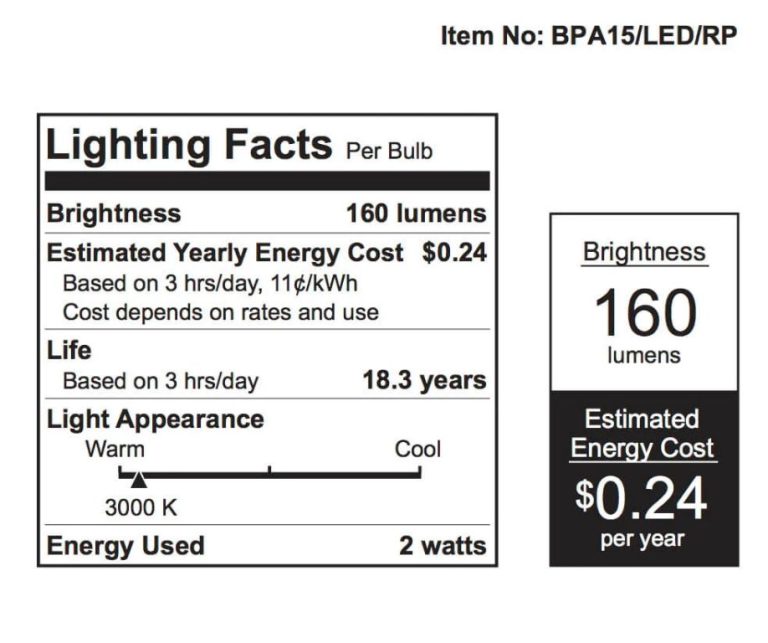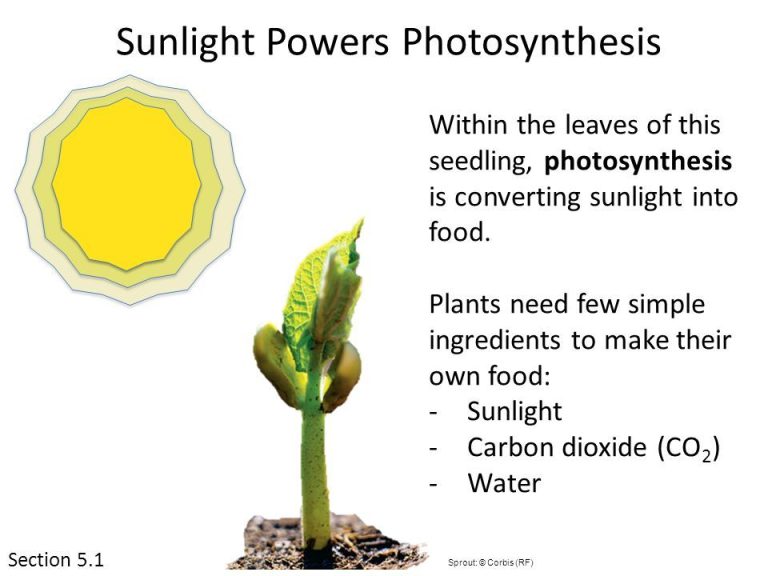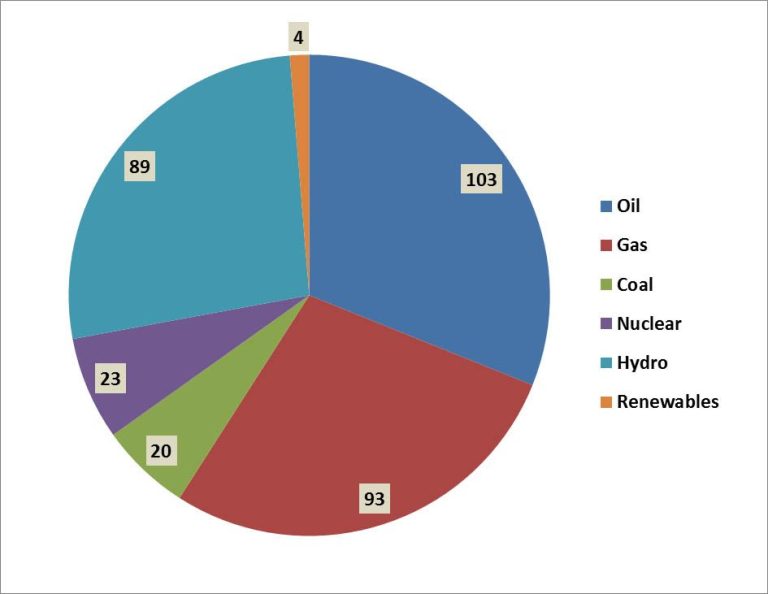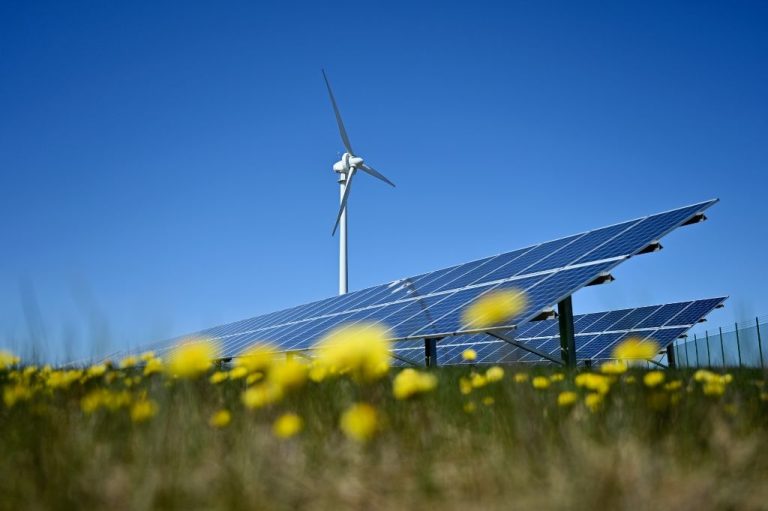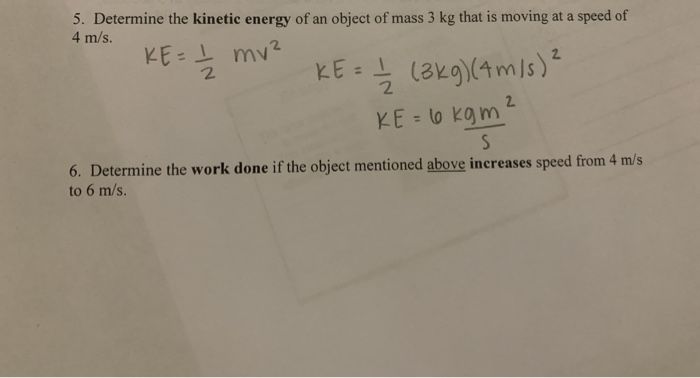How To Calculate Potential Energy?
Define potential energy
Potential energy is stored energy possessed by an object due to its position or state. For example, a ball at the top of a ramp has potential energy due to gravity pulling it down the ramp. When the ball rolls down the ramp, this potential energy gets converted to kinetic energy – energy of motion.
Potential energy can take several forms:
- Gravitational potential energy – energy due to an object’s height above the ground
- Elastic potential energy – energy stored in a compressed or stretched spring
- Chemical potential energy – energy stored in the bonds of atoms and molecules
The key point is that potential energy describes stored energy in an object that can later be released or converted to another form. Understanding potential energy is crucial in physics, engineering, and other fields.
Identify the formula for potential energy
The formula for potential energy is PE=mgh, where:
- m is mass in kilograms (kg)
- g is the acceleration due to gravity, which is 9.8 m/s2 on Earth
- h is height in meters (m)
So the formula in words is:
Potential Energy = Mass x Gravity x Height
The mass is the amount of matter in the object, gravity is a constant representing the strength of gravitational attraction, and height is the vertical distance the object is raised against gravity. Multiplying mass, gravity, and height together gives the object’s potential energy.
Explain the Variables
In the potential energy formula, there are three main variables we need to understand:
Mass (m) – Mass is the amount of matter in an object. It is a measure of the amount of atoms and molecules an object contains. The more mass an object has, the more potential energy it can possess when lifted against gravity. For calculating potential energy, mass is usually measured in kilograms (kg) or slugs.
The other variables we will explain are height and gravitational acceleration. Mass is a key component of potential energy, because an object’s mass determines how much force gravity exerts on it. The more massive an object is, the more potential energy it will have when raised to a given height.
Explain the Variables
Potential energy depends on three key variables:
- Mass (m) – This is the mass of the object in kilograms (kg). The greater the mass, the greater the potential energy.
- Gravitational acceleration (g) – This is the acceleration due to gravity, measured in meters per second squared (m/s2). On Earth, the gravitational acceleration is approximately 9.8 m/s2.
- Height (h) – This is the height of the object in meters (m). The greater the height, the greater the potential energy.
So in summary, the heavier the object and the higher it is raised against the gravitational field, the greater its potential energy will be.
Explain the Variables
Potential energy depends on three key variables: mass, gravity, and height. Mass is the amount of matter in an object. Gravity is the gravitational acceleration, which on Earth has a standard value of 9.8 m/s2. Height is the vertical distance the object is raised against gravity. For example, lifting a 5 kg book from the floor up onto a shelf increases its height by 1 meter. The higher the book is lifted, the greater its potential energy becomes.
Provide examples
Let’s calculate the potential energy of lifting a 5kg book 2 meters high off the ground. The formula for gravitational potential energy is PE = mgh, where:
- m is the mass of the object (5kg for the book)
- g is the acceleration due to gravity (9.8 m/s2)
- h is the height the object is raised (2 meters)
Plugging in the values:
PE = (5 kg)(9.8 m/s2)(2 m)
PE = 98 J
Therefore, lifting the 5kg book 2 meters high gives it 98 J of potential energy.
Examples of Calculating Potential Energy
One common example of calculating potential energy is with a spring. Let’s say we have a spring with a spring constant (k) of 10 N/m. We stretch the spring 0.5 m from its rest position. Using the potential energy formula:
PE = 1/2 kx2
We can plug in the values:
k = 10 N/m
x = 0.5 m
PE = 1/2 (10 N/m) (0.5 m)2
PE = 1.25 J
Therefore, the potential energy of stretching the spring 0.5 m is 1.25 J. This example demonstrates how to calculate the potential energy stored in a spring using the potential energy formula.
Discuss conservation of energy
Potential energy can convert into kinetic energy. The law of conservation of energy states that the total energy in an isolated system remains constant. Energy can only change from one form into another, it cannot be created or destroyed. When an object that has potential energy moves, the potential energy is converted into kinetic energy, or energy of motion. For example, when a ball sits at the top of a ramp, it has gravitational potential energy. As the ball rolls down the ramp, that potential energy is converted into kinetic energy as the ball gains speed. The total amount of energy remains the same, it just changes form. This principle is important for understanding how energy flows and transforms in mechanical systems.
Compare potential and kinetic energy
Potential and kinetic energy are the two main forms of mechanical energy. While they are related, there are key differences between the two.
Potential energy depends on an object’s position or configuration. For example, a ball at the top of a ramp has potential energy due to gravity. Even if the ball is not moving, it has the potential to gain kinetic energy when it rolls down the ramp. The key factors determining potential energy are height and position.
Kinetic energy depends on an object’s motion. A moving object has kinetic energy proportional to its mass and velocity squared. The faster or heavier an object is, the more kinetic energy it possesses. Unlike potential energy, kinetic energy requires motion – it cannot exist without movement.
While potential and kinetic energy differ, they can convert back and forth. As an object falls, it loses potential energy and gains kinetic energy. When throwing a ball upwards, it gains potential energy and loses kinetic energy. The total mechanical energy remains constant, demonstrating the conservation of energy.
Summary
In this article, we learned the key steps for calculating potential energy:
First, we defined potential energy as the stored energy an object has due to its position or state. Potential energy can be thought of as energy that is waiting to be released or used.
Next, we looked at the formula for calculating potential energy: PE = mgh. Where m is mass, g is the acceleration due to gravity, and h is height. This formula shows that an object’s potential energy increases linearly with mass, gravity, and height.
We then went through examples applying this formula to calculate the potential energy of objects at different heights, like a book on a shelf or a rollercoaster cart at the top of a hill. These examples demonstrated how to plug real values into the formula to quantify potential energy.
Finally, we noted that potential energy can be converted into kinetic energy, and vice versa, allowing energy to be transferred between different systems while obeying the law of conservation of energy. This interconversion of energy types is a fundamental concept in physics.
Following these key steps will allow you to calculate the potential energy of any object based on its mass, height, and the local gravity. Potential energy is an important concept with many real world applications.

